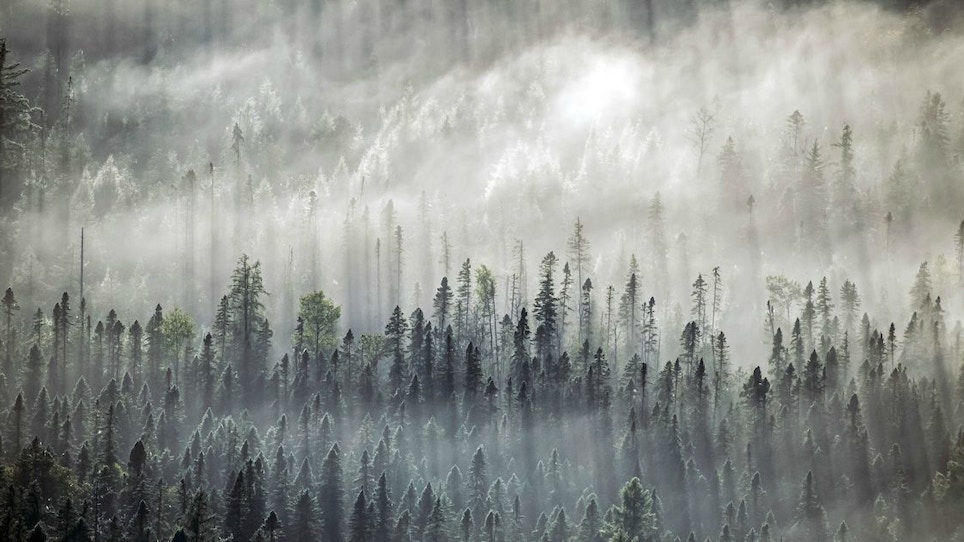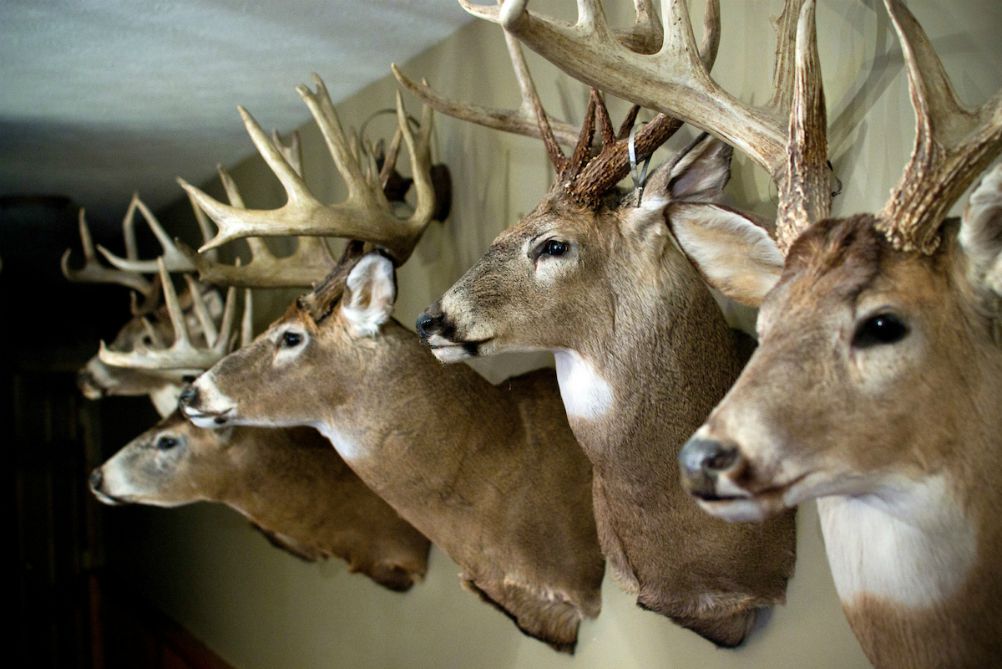A while back I wrote a column for this magazine on the topic of hunting ethics, the premise being that when you’re hunting by yourself with nobody watching there are opportunities to break the rules. It’s a test of your moral compass, and the reader response I received was big. That tells me Bowhunting World readers take ethical hunting most seriously.
Your responses, along with an email I received from a Mexican outfitter back in May, got me to thinking about the subject of fair-chase hunting. What does it mean, exactly? Who defines it? Is it the same for everybody? Why is it important?
The email read, in part: Friends, we have two monster desert bighorn sheep over 190 inches inside the fence available to be hunted during the 2018-2019 season. These two sheep have already been measured, and we expect them to go 195-plus for next season. We also have a good variety of sheep of different sizes ranging from 160 inches up to 185 inches at different price ranges. Lodging, first-class cuisine, 5-star service are included. Of course, we keep hunting our free-range ranches as every year. Please contact me if you have any interest in any of these sheep. Take a look at the photos of the sheep we are talking about. They are absolutely impressive.
The one word that makes this entire scenario so wrong, at least in my book, is “hunted.”
Shooting vs. Hunting
Shooting one of these rams inside a high fence under these conditions doesn’t resemble, in any way, shape or form, fair-chase hunting, at least in my mind. It’s nothing more than collecting. And if that’s what someone wants to do, I truly don’t have a problem with that. But please, don’t call it “hunting.” One of the things fair-chase hunting means is that there is no guaranteed outcome.
The whole topic of hunting inside a high fence is a bit complicated. In much of the world, it’s an accepted practice. Here in the U.S., high-fence hunting occurs to a smaller degree. In Texas, for example, there are lots of high-fence ranches that offer whitetails as well as exotic animals imported from around the world. Some other states have high-fence ranches specializing in monster whitetail bucks, with pricing determined by the size of the antlers. You can also find ranches that offer big bull elk, bighorn sheep and other animals. It’s a highly-controversial industry, to say the least.
Fair Chase — It’s Far More Than Fence Size
If you’ve never been exposed to it, at first blush you might think it means caging an animal inside a relatively small enclosure. That’s not necessarily true. In South Africa, for example, I bowhunted plains game 1 week on a fenced ranch that encompassed almost 30,000 acres — that’s nearly 47 square miles — much of it rugged, mountainous terrain where hunting was difficult, to say the least. I didn’t find getting a shot at an animal to be like shooting a duck in a barrel at all.
The Pope & Young Club states on its website that “The fair chase concept does, however, extend beyond the hunt itself; it is an attitude and a way of life based in a deep-seated respect for wildlife, for the environment and for other individuals who share the bounty of this vast continent’s natural resources.”
That’s well stated. My friend Keith Balfourd, an officer with the Boone & Crockett Club, is one who emailed me about my column about hunting ethics. He said, “We sure could use more folks talking about our ethics,” then directed me to a website (www.huntfairchase.com) showing what B&C is doing to emphasize fair-chase hunting. There’s some really good stuff here.
That Was Then, This Is Now
In early America, how we hunted didn’t matter; game was plentiful and hunting wasn’t for sport. It was for survival and profit. But by the late 1800s, unregulated sport and commercial market hunting had taken its toll, and wildlife was no longer abundant. Enter Theodore Roosevelt, who formed a group of his friends into the Boone and Crockett Club in 1887 to address this rapid decline. Their solution? Promote a new system of natural resource use called “conservation,” and promote regulated hunting as the foundation for this new system.
If hunting was going to be allowed to continue, how it was being conducted and the character of the hunter now mattered. Fair chase became a part of an overall conservation ethic, defining a true sportsman as one who could kill game, yet use self-restraint and stand guard to ensure that wildlife populations would never be threatened again. It didn’t mean hunting was a sport like other contests, but rather its participants used a “sporting” approach. Fair chase defined the rules, elevating sportsmen to highly-respected members of the community both for their skill as woodsmen and providers, but also for their commitment to something greater than themselves.
Today, hunting is under the microscope as never before. Anti-hunting organizations are large, with deep pockets and highly motivated members. They don’t let the facts get in the way of the falsehoods they spread about hunters and hunting to the majority of Americans who not only don’t hunt, but increasingly know little about how Mother Nature really works.
Today, more than ever, the concept of fair-chase hunting is bedrock to our survival. So, to answer the Mexican outfitter’s email: Count me out. Way out.
What’s your take on fair-chase hunting? Drop me a note at brobb@grandviewoutdoors.com and let me know.
Images by John Hafner







